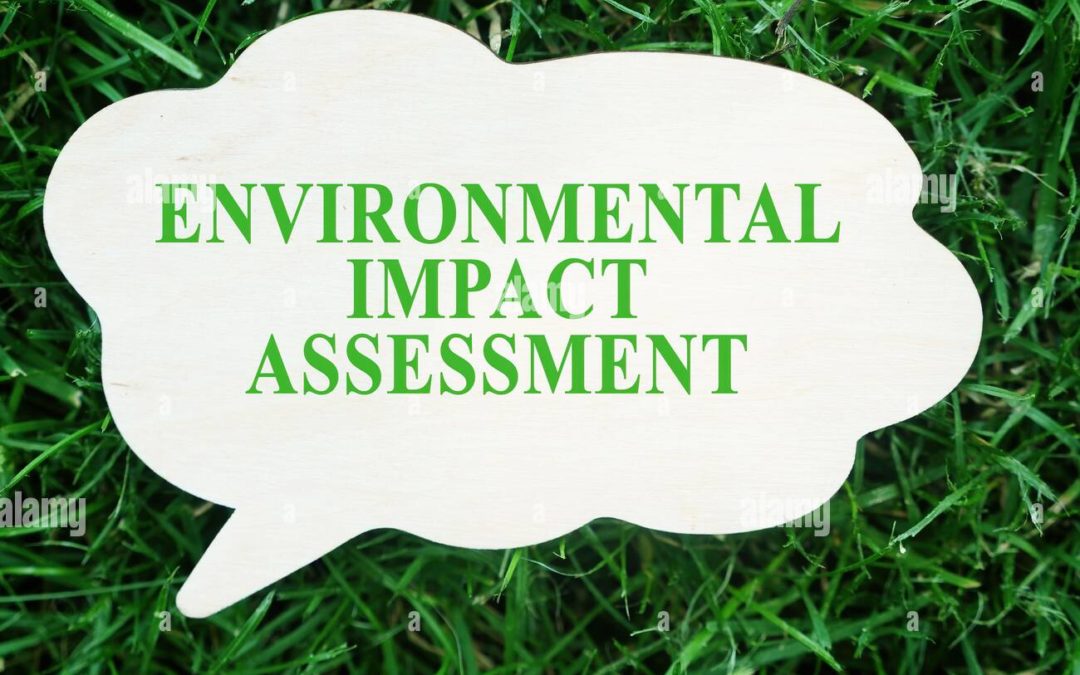What is EIA? Read this article to know the answer.
The Process for obtaining EIA approval
- preparation of a project report by a registered environmental impact assessment expert. This report will state: The nature of the project; The location of the project including the physical area that may be affected by the project’s activities; The type of activities to be carried out during the project construction, operation and decommissioning phases; The project design; The materials to be used, products and by-products, including waste to be generated by the project and the respective disposal methods; The project’s potential environmental impacts and the mitigation measures to be taken during and after project implementation; An action plan for the prevention and management of possible accidents during the project cycle; A plan to ensure the health and safety of the workers and neighboring communities; The economic and socio-cultural impacts to the local community and the nation in general; The project budget; Any other information the authorities may require.
- Submit the report to NEMA with the payment of 0.1% of the total project cost.
- NEMA receives EIA project report and dispatches to Lead Agencies for review.
- NEMA issues a license if the project is considered to have no significant environmental impacts or that the project report discloses sufficient mitigation measures. On the other hand, when the project will have a significant environmental impact and the project report discloses no sufficient mitigation measures, the authorities will request the that an environmental impact assessment study (Full Study) be done.
Note: During the process of conducting an environmental assessment study, the proponent and the expert will, in consultation with the authorities, seek the views of persons who may be affected by the project.
Requirements
The investor submits a detailed Environment Impact Assessment Project report for the entire project cycle prepared by an EIA expert registered by NEMA. The report is in 10 hard copies and 1 soft copy with the following details:
- Name of the project proponent, PIN, address and contact person
- A plan to ensure the health and safety of the workers and neighboring community
- An action plan for the prevention and management of foreseeable accidents and ways of mitigating the same during the project cycle.
- The entire design of the project.
- The economic and social benefits to the local community and also at the national level
- Physical location of the proposed project
- Waste disposal methodologies
- Mitigation measures to be taken during and after the implementation of the project
- Objectives and scope of the project
- Potential environmental impact
- Project budget
- Views from the public indicating representativeness of the affected people
Conclusion
The findings of EIA provide information on the nature and extent of environmental impacts likely to arise from the Project. The EIA , where appropriate, identify mitigation measures to ensure compliance with environmental legislation and standards. It predicts whether the Project will comply with all environmental standards and legislation after the proposed construction and operational stage mitigation measures are implemented. The report also demonstrate the acceptability of the residual impacts from the Project and the protection of the identified environmentally sensitive resources. Environmental monitoring and audit mechanisms should be recommended before and during construction, where necessary, to verify the accuracy of the EIA predictions and the effectiveness of recommended mitigation measures.
We hope that this article have sufficiently covered the procedure for obtaining EIA approval (license) in kenya. Should you however need further clarifications, we remain available for further consultation and to assist you professionally and efficiently to secure an EIA license for your project. Reach our team of experts here. We are farther recommending these other important articles about EIA EMCA 1999, EIA Regulations, What you need to know about EIA and Environmental Impact Assessment (EIA).
“If you found this article helpful, consider supporting our work to keep creating valuable content.”



